Once ESi has helped you accurately gather important data, it is important to extract its value. We offer a variety of ways to explore your vision to uncover what it reveals to mitigate risky assumptions. Data visualization makes it easy for all of the stakeholders involved in a dispute to understand critical concepts by creating compelling graphics that underscore scientifically backed insights with clarity. Working in close alignment with our clients, we architect a path that makes sense for their case, layering in the right visual elements as necessary.
Our technically accurate visualization tools and our multidisciplinary team of scientists, engineers, and technical staff are often engaged early to explore scientific facts long before a trial ever even begins. In many cases, opposing counsel quickly understands their weakened position when visualizations are developed to capably communicate their client’s liability.
In order to scrutinize data with greater clarity, our experts help you start to make sense of the output by adding fact-based visual elements and 3D geometry derived from precise models. These foundational visual layers begin to inform legal teams about how a pivotal scene unfolded.
From static imagery to 3D laser scans, hybrid imagery and basic fly-throughs, ESi provides you with increasingly sophisticated choices along the visual continuum of options for your case. Working closely with your team, we determine the best path forward to best communicate what the data reveals to key stakeholders – from members of your legal team on through to jurors. We assert that the science should impact and inform your choices, from inception through mediation or trial. While engineers and scientists understand certain aspects of your case in excruciating detail, lawyers bring an in-depth view of the law. Data-driven visuals bridge the gap between these two areas of expertise, and provide a common foundation from which to build your case. In our experience, the most successful outcomes are derived when the technical experts, legal experts, and factual visuals are synthesized, and informed decisions are possible.



















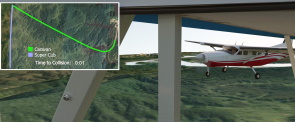
An ESi visualization helps investigators uncover which pilot was at fault in an investigation where there were no witnesses to the accident.
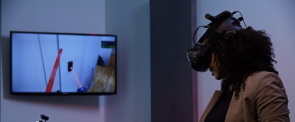
On February 1, 2017, a two-year-old boy became trapped between the elevator accordion door and the elevator shaft (hoistway) door of a home in Little Rock, Arkansas.

ESi analyzed the release of natural gas from a transmission pipeline that ruptured
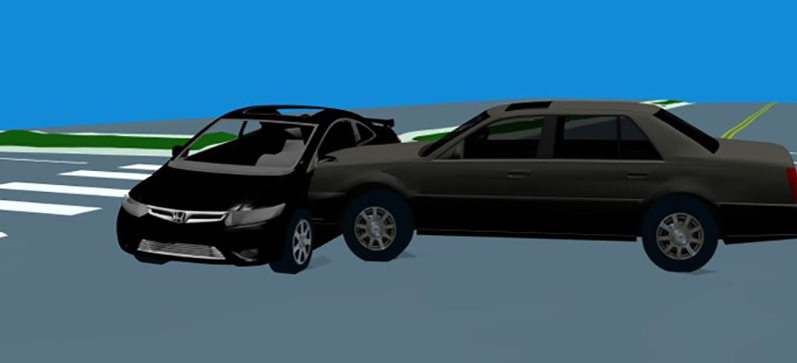
Two vehicles collided at an intersection, causing one vehicle to flip onto its side. The front passenger was not wearing a seatbelt and sustained serious spinal cord injuries. ESi used HVE software to create simulations of the crash sequence, and imported the vehicle motion output into MADYMO to model both “belted” and “unbelted” occupant responses inside the vehicle.

ESi was retained to evaluate the pre-impact motion and positions of a tractor semitrailer and a pickup. The intent of the time-distance-speed analysis was to provide an estimate of the coordinate pre-impact motion of the vehicles based on reasonable assumptions for evaluation of the circumstances.

Tony Dill has joined the company to help lead a new Security and Defense Services group in our Biomechanics and Safety practice.
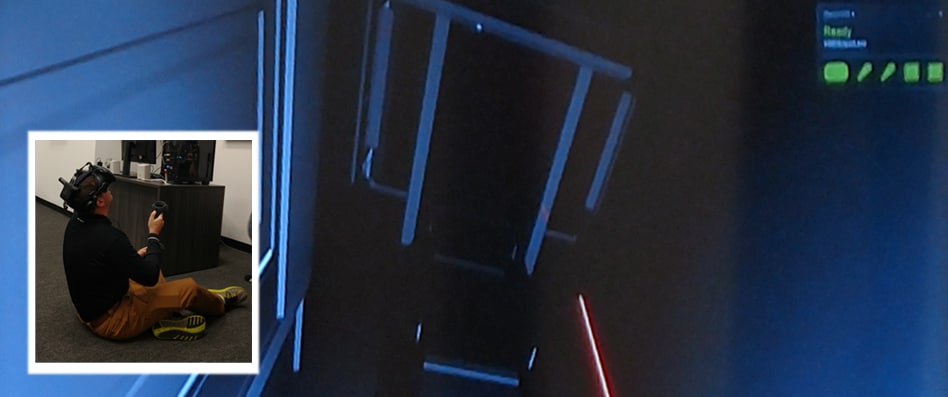
ESi Principal Dennis Brickman presents “Residential Elevator Child Entrapment Virtual Reality Accident Reconstruction Methodology,” at the XXXIst International Occupational Ergonomics and Safety Conference.
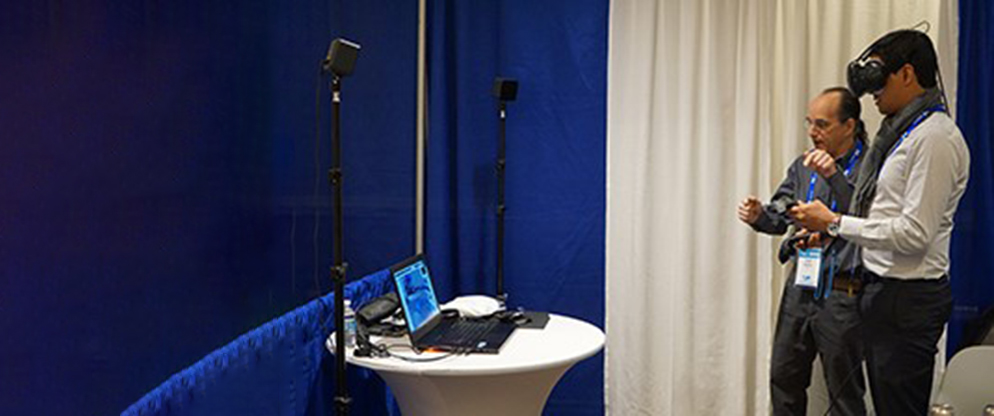
ICPHSO attendees in Washington D.C. hit the floor in droves to experience firsthand how VR can be used to help them understand the risks of a product or environment.
ESi's expertise spans dozens of industries and specializations organized across several practice groups, each staffed by dozens of in-house experts with the technical knowledge, hands-on expertise, and courtroom experience required to execute projects for and with our clients from start to finish.
Find an Expert Contact Us